It’s not a phase
September 25, 2017
By MAI YIA LEE
The Mirror reporter
Eating disorders are psychological disorders that involve extreme disturbances in eating behaviors and are not uncommon among teens. It’s not a lifestyle choice or a cry for attention but a serious, potentially life-threatening condition.
Eating disorders can affect people of all ages, genders, and ethnicities, but are especially common among teenagers and females. According to the Walden Center, about 40 percent of teenage females suffer from eating disorders and five to 15 percent of people with anorexia or bulimia are male according to NIH Medline Plus.
Stevens Point Area Senior High School nurse Kathy Graham said, “We typically see them in women, but men and athletes are also affected.”
An eating disorder has no one cause but can be linked to multiple factors such as family, relationships, psychological problems and genetics. Low self-esteem, depression, and anxiety can also be key factors.
Symptoms might include calorie counting, frequent weighing, extreme weight change or a distorted body image. Teens who have an eating disorder are often in denial and may be moody, anxious and/or depressed.
“Someone who has an eating disorder wouldn’t usually notice it themselves but if they do, it’s when they feel like it has taken over their life and has become the most important thing to them.” Graham said.
Although eating disorders are treatable, there is no easy way out. The sooner something is being done about it the better.
“Try to recognize it and get help,” Graham advises. Getting help early can prevent the health risks associated with eating disorders and increases the likelihood of recovery.


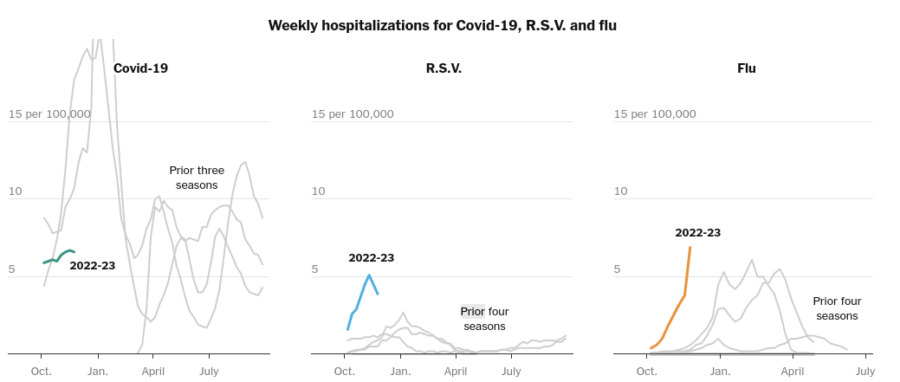























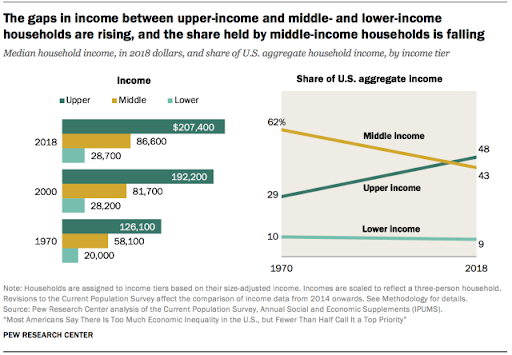


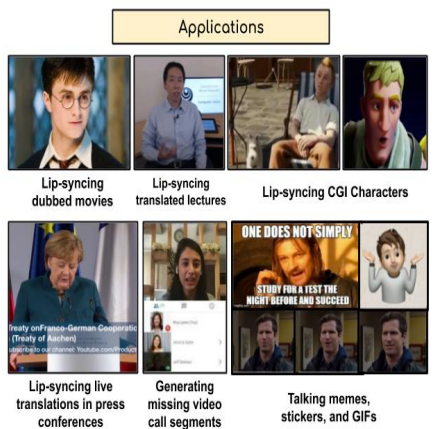





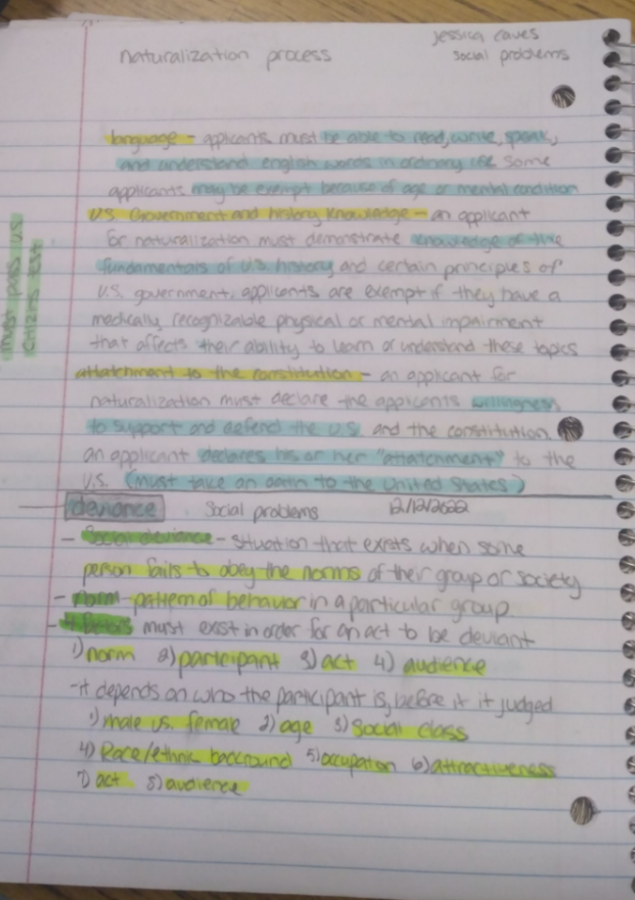



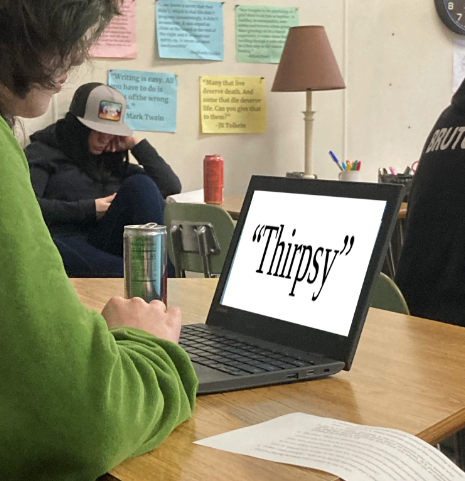







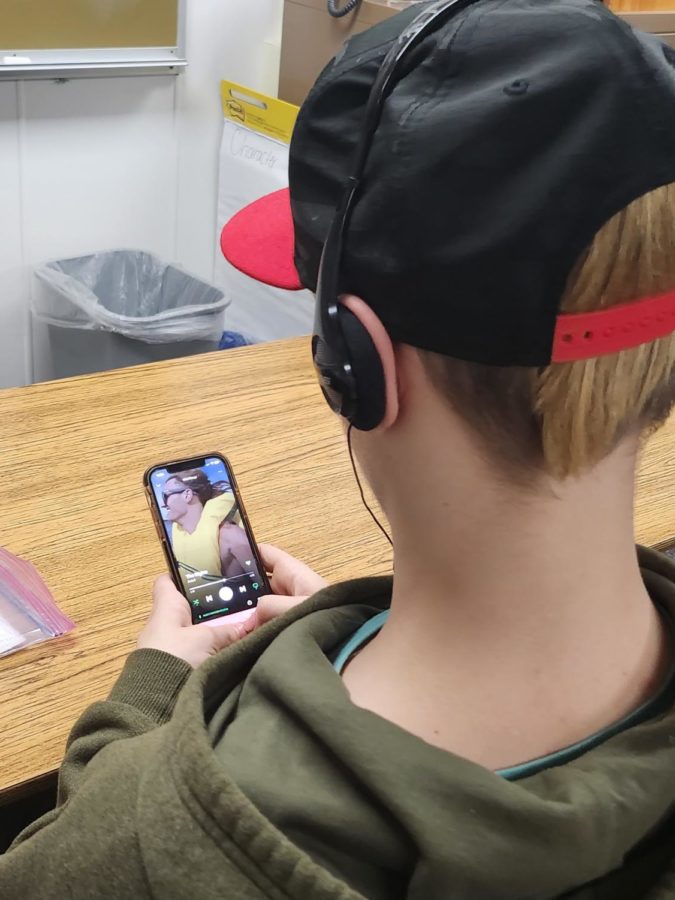
















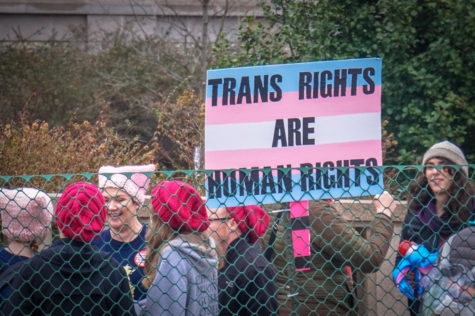
Madison Rindahl • Dec 14, 2017 at 12:02 PM
I just finished reading your article and I really enjoyed. I thought it gave good information on how an eating distorter can affect any age any person. I think this is a topic that really needs to be tuned in on. I think it affects a lot of people and we should all try and help in some way. I think informing more people about the disorder will help people understand it more.